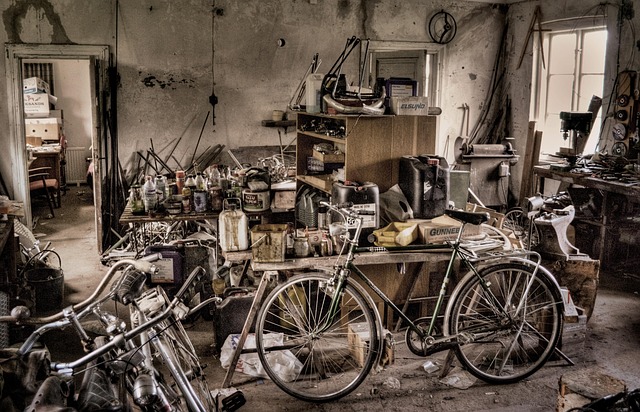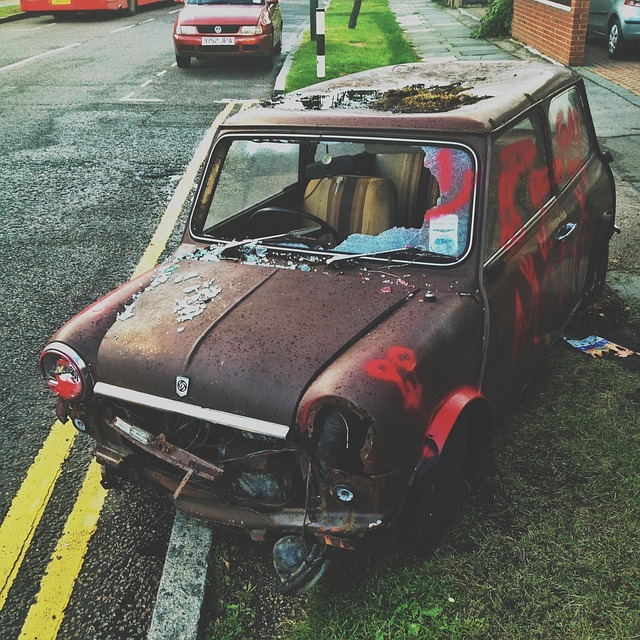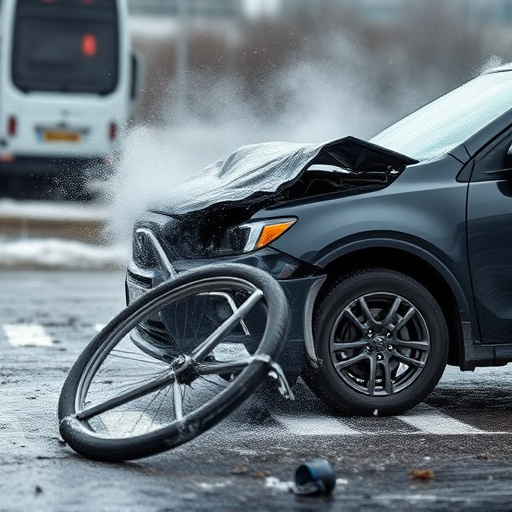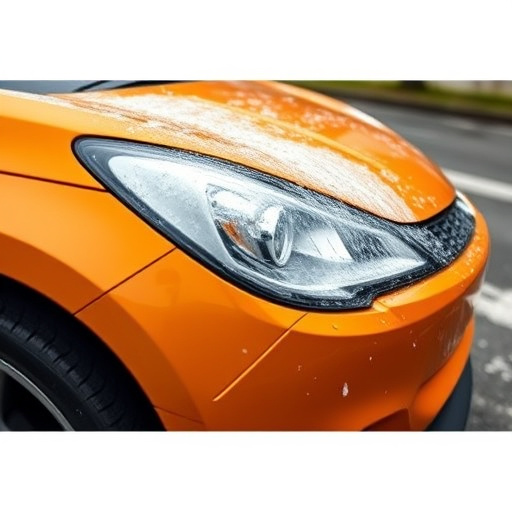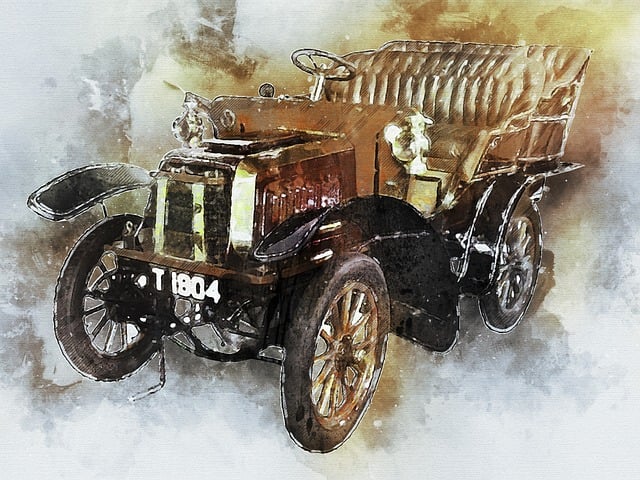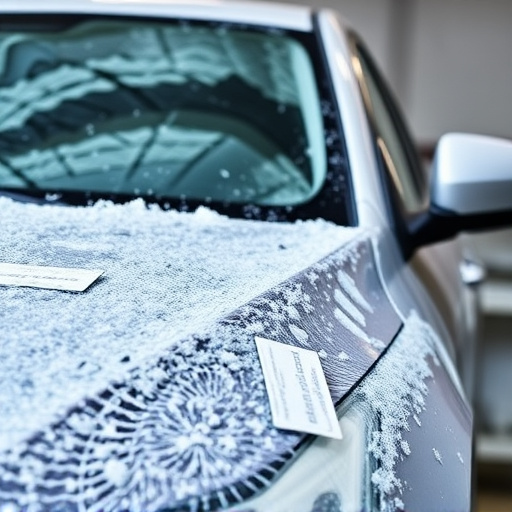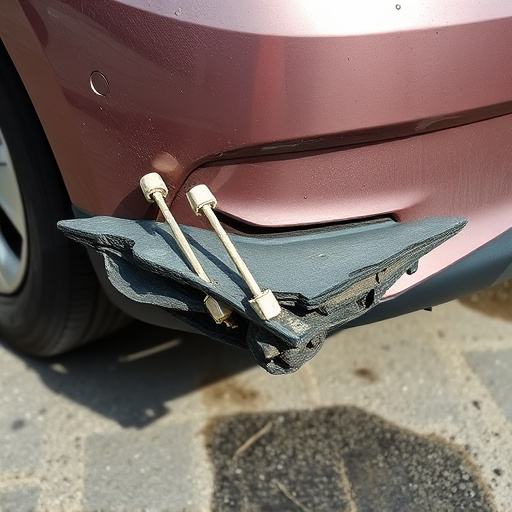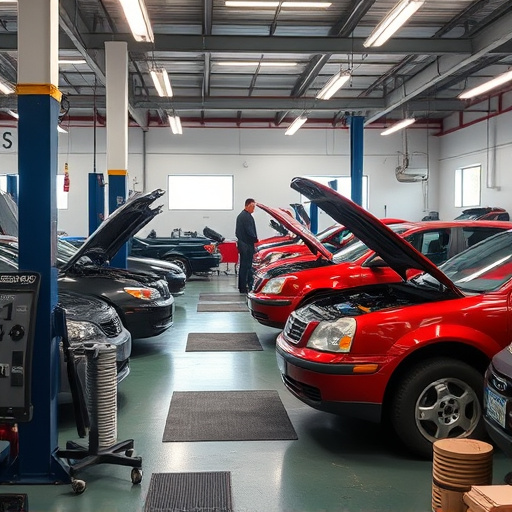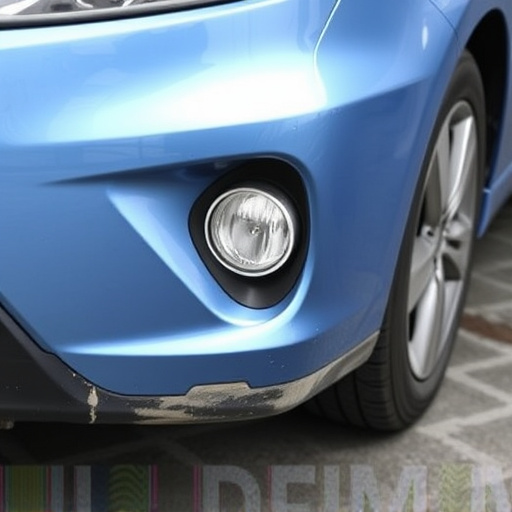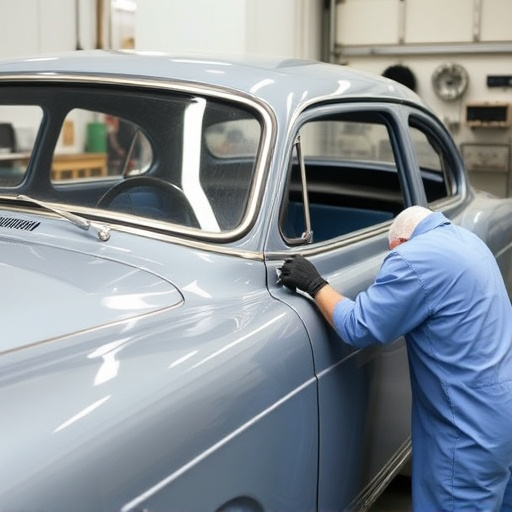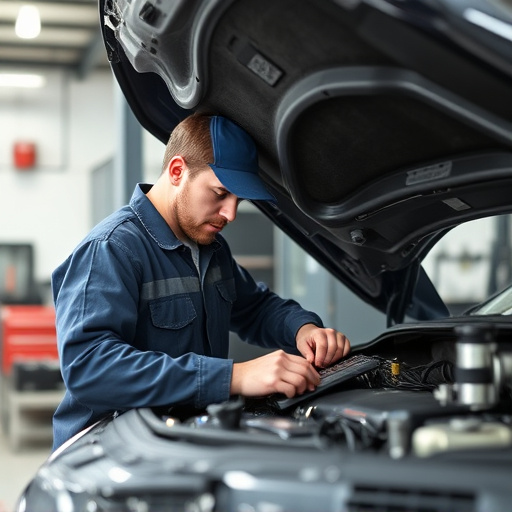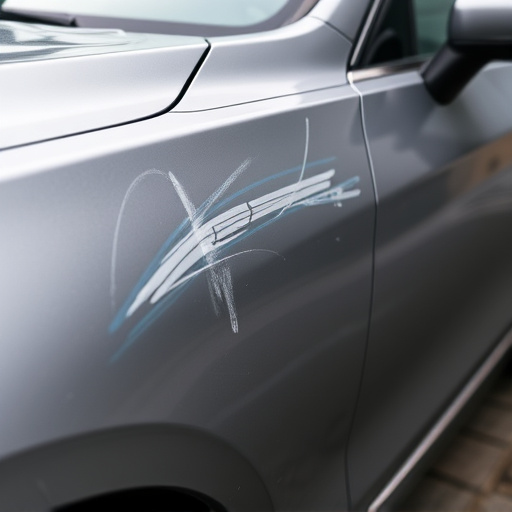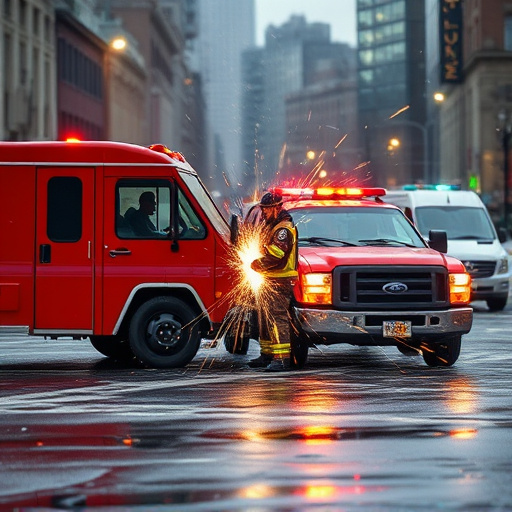Driveshaft collision repair involves meticulous diagnosis to identify damage, such as cracked shafts, damaged u-joints, and misaligned components. Skilled mechanics use specialized tools for dent removal, tire services, and auto body repairs, ensuring optimal driveshaft function, safety, and performance restoration in vehicles from classic car restoration to modern tire services.
Driveshaft collision repair is a critical process that demands meticulous attention to ensure safe and reliable vehicle performance. Understanding the complex driveshaft system and its various components is essential before tackling any repair. This article guides you through a comprehensive approach, starting with recognizing common failure points in driveshafts and ending with a step-by-step repair process. By following these insights, you’ll be equipped to handle driveshaft collision repairs effectively.
- Understanding Driveshaft System and Common Failure Points
- Diagnosis: Identifying the Source of Damage
- Repair Process: Steps for Effective Restoration
Understanding Driveshaft System and Common Failure Points

The driveshaft, a critical component of any vehicle’s transmission system, connects the engine to the wheels, enabling power transfer and motion. Understanding its intricate design and common failure points is paramount when tackling driveshaft collision repair. This knowledge ensures that any repairs are handled correctly, restoring safety and performance to the vehicle.
Driveshafts can fail at various junctures due to impact, wear, or manufacturing defects. Common issues include cracked or broken shafts, damaged u-joints, and misaligned components. Recognizing these failure points is crucial for effective collision repair. Professional mechanics employ specialized tools for dent removal, tire services, and auto body repairs to address these issues, ensuring the driveshaft system functions seamlessly once more.
Diagnosis: Identifying the Source of Damage
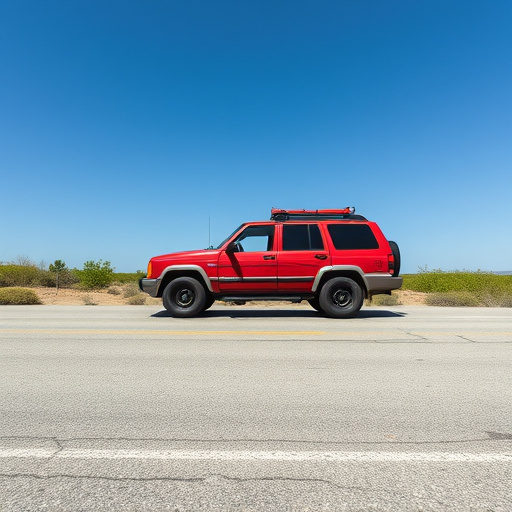
The initial step in addressing any driveshaft collision repair involves a thorough diagnosis to identify the source of damage. This critical process requires experienced hands and meticulous inspection. Technicians skilled in driveshaft collision repair will begin by examining the vehicle’s drivetrain, checking for any signs of misalignment or structural compromise. They’ll assess the condition of the driveshaft itself, looking for cracks, breaks, or deformation that could indicate failure points.
Additionally, they’ll inspect related components like u-joints, CV joints, and axels, as these often accompany driveshaft damage due to the complex interplay within a vehicle’s transmission system. Identifying the root cause is paramount; it ensures that during repairs, only necessary parts are replaced, preventing unnecessary expenditure. Proper diagnosis also guarantees that the vehicle returns to optimal performance after repair, aligning with expectations for both safety and efficiency, especially when considering classic car restoration or maintaining high-quality tire services in a car body shop.
Repair Process: Steps for Effective Restoration

The driveshaft collision repair process involves several meticulous steps to ensure a safe and effective restoration. It begins with a thorough inspection to assess the extent of damage, identifying any cracks, breaks, or misalignments in the driveshaft assembly. This critical evaluation guides the subsequent repair techniques tailored to the specific needs of the vehicle.
For complex cases, replacement parts are carefully sourced, ensuring compatibility and quality. Skilled technicians then employ advanced tools and methods, such as precision welding and specialized machinery, to realign, reshape, and reinforce the driveshaft components. In many instances, paintless dent repair techniques can be utilized for cosmetic restoration, minimizing the need for extensive painting or auto glass replacement, which is a common requirement in automotive collision repair.
Driveshaft collision repair is a specialized process that requires meticulous understanding and careful execution. By comprehending the driveshaft system, identifying common failure points, and following a structured diagnosis and repair process, professionals can ensure effective restoration. This approach not only restores vehicle functionality but also enhances safety on the road, making it crucial for anyone dealing with driveshaft collision repair to adhere to best practices.
